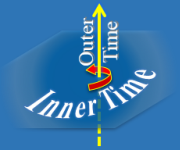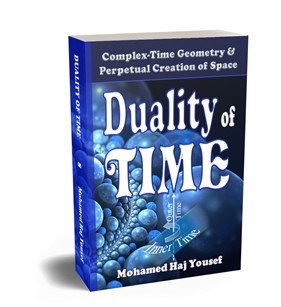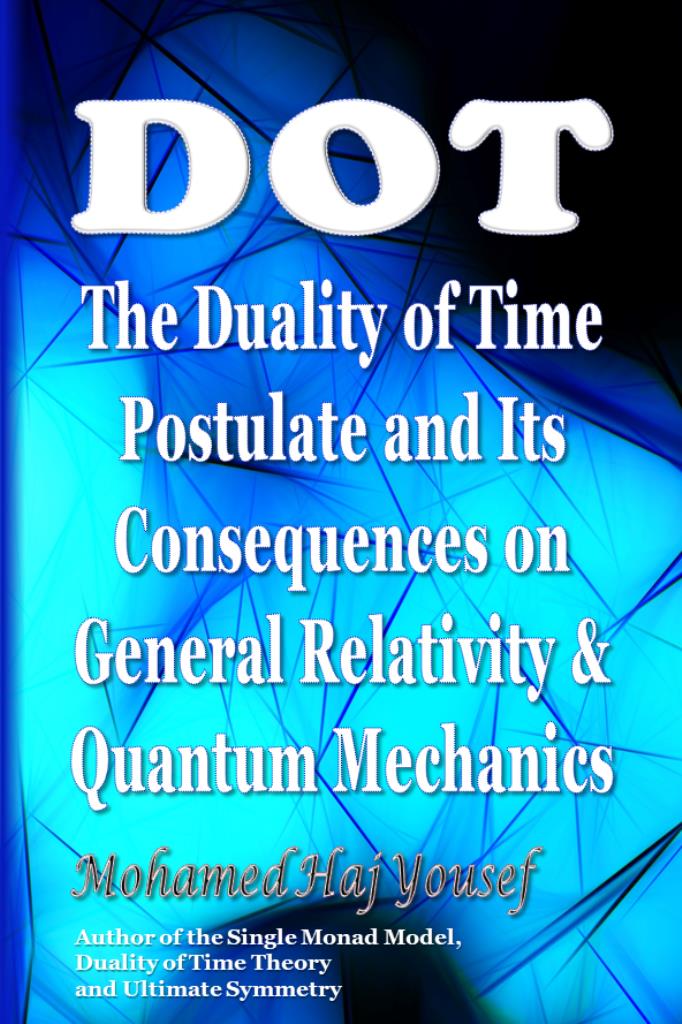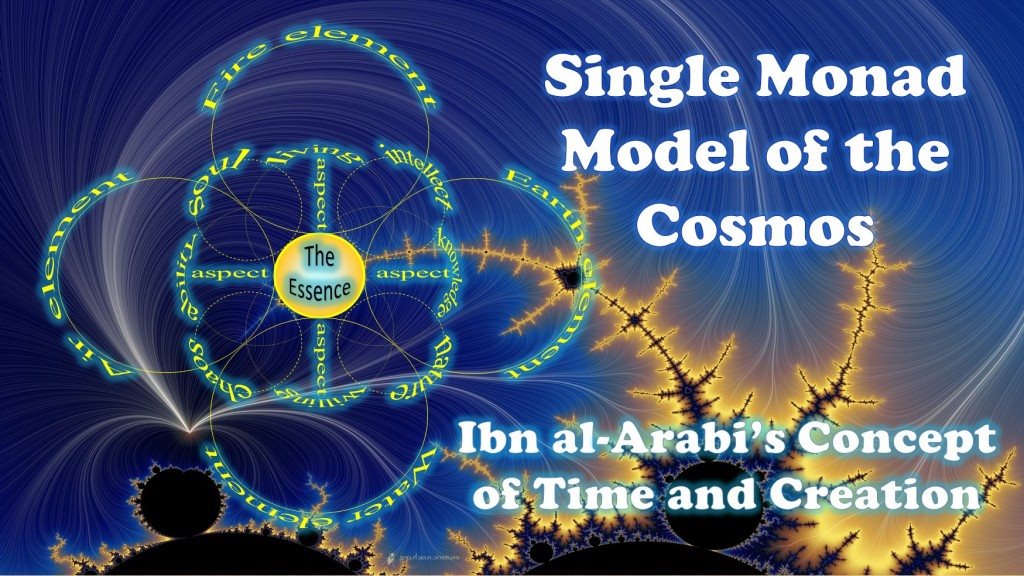I.4.2 Creation as a Movie
Based on the concept of perpetual cosmic re-creation, the
World can be envisaged like a movie displayed on a computer monitor. This
analogy is quite accurate in most of the details, even regarding to what
happens inside the computer, since the Single Monad, that is the Universal
Intellect, can be considered as a kind of super-computer which creates and
manipulates the World, and displays it in the Universal Tablet that is the
World-Soul, as depicted in the various figures in Chapter IV of Volume II.
Ibn al-Arabi asserts that the World appears with the same
seven fundamental Attributes of the Real, because the World is His divine work,
and as Allah said: (everyone works according to his own type) [Quran, 17:84,
and Futuhat, II.438.19]. Therefore, the Perfect Human and the World, including
individual human beings, are all created according to the Image of the Real,
and that s why Ibn al-Arabi considers the macrocosm as a great human being and
the human being as a microcosm [Futuhat, III.11.18]. Likewise the computer is a
certain kind of image of some specific aspects of the human mind, because the
way it works resembles the human mind in many respects. However the shadow, or
the image, in the mirror for example, resembles at best only one facet of the
original. Likewise, human beings don t fully resemble the Real, just as
computers don t, and cannot, fully resemble humans in many other respects, such
as consciousness and free will, even though this is possible in principle.
It is known that the movie which is displayed on the screen
is composed of a large number of succeeding still pictures that pass rapidly
before the eye at very short intervals, so that the human mind observes only
smooth changes between those successive pictures. By running the film at the
proper speed we feel, by illusion, as if a normal motion of objects and images
is happening on the screen. If we suppose that the screen has no visible edges,
and especially with the new technology of three-dimensional holographic movies,
it would be very hard initially to distinguish this illusion from reality.
Similarly, the Single Monad is continuously and perpetually wearing new
forms, which make us observe and experience motion, by mere illusion or
creative imagination.
When we open our eyes we see a picture of many things
around us, and if we keep on watching we see things moving. Each mental image
is also internally created in one chronological sequence, and not all at once.
Therefore, at every single instance and at each single point of space there
exists a monad with a specific unique form. This same monad, still in the same
instance, for us, but a full divine Week for the Single Monad itself, since
we only exist for one moment in this Week, takes another form in another point
of space, and so on. So in one single instance of time, the picture that we see
is a combination of a huge number of reflected forms of the same Single Monad,
which scans the whole of space at no time for us, and without real motion on
the part of the Single Monad, because space itself is what we subjectively
experience as a consequence of the succession of these forms within this Single
Monad, and motion is meaningless when we talk about one single all-encompassing
entity, but it is only some outward change of states.
It takes the Single Monad a full Week of creation to scan
all the states in the cosmos, but since each individual observer is one single
state, as conscious observers and not as corporeal bodies, they live a single
moment in each full Week of event , in which they observe the other
surrounding states as the traces or memory of the forms left over by the Monad
after it has passed over them in one linear chronological sequence.
If this perpetual creative motion of the Single Monad is
conceptually stopped and taken in isolation, all this will form a kind of
still picture of things around us, including our bodies and as spirits or
states of realization. Within this conception, the dynamic manifest World,
then, is the instantaneous, continuously renewed succession of these slightly
changing still pictures. Motion is observed because things successively appear
in different places, but indeed there is no actual motion: for the observed
objects are always at rest in the different positions that they appear in.
When we look at the screen of a computer monitor, at any
instance of time, we see a still picture that is composed of an array of dots,
or pixels, in the two dimensions of the screen; for example 800 horizontal by
600 vertical pixels. As demonstrated in Figure I.6, this still picture is made
by a single electron beam that scans the screen over and over again, one pixel
at a time, starting from the lower left corner of the screen, and scanning
horizontally all the 800 pixels that form one horizontal line, then switching
back to the left to make the second line, and so on till all the whole screen
is scanned, ending up by the upper right corner; just to switch back again in
order to start a new picture from the bottom left corner, in the same way.
Because this process is performed at very high speed or refresh rates, around a
hundred million times per second, we only see a continuous picture in the two
dimensions, and we never see the pixels being displayed one by one. By watching
the continuous swift succession of pictures, we observe motion. While the beam
is creating them, each pixel on the screen takes a specific form of a certain
color and intensity that may slightly change from one frame to the other,
creating the illusion of motion. This momentary form that the pixels wear every
time they are scanned lasts only during the very short time while the beam is
in its place. Once the beam leaves the pixel to the next one, the form vanishes
intrinsically; we only see the traces of these forms for a short time till they
are scanned again to wear a new form.

Figure
I.7: The dynamic World is analogous to the sequence
of images, or a movie, displayed on the screen of a computer monitor, where
each frame is composed of an array of dots, or pixels, in the two dimensions of
the screen, and they are all created by a single electron beam that scans the
screen over and over again, producing one pixel at a time. Because this process
is performed at very high speed or refresh rates, we see, by illusion, a
dynamic character moving in the two dimensions of the screen.



















